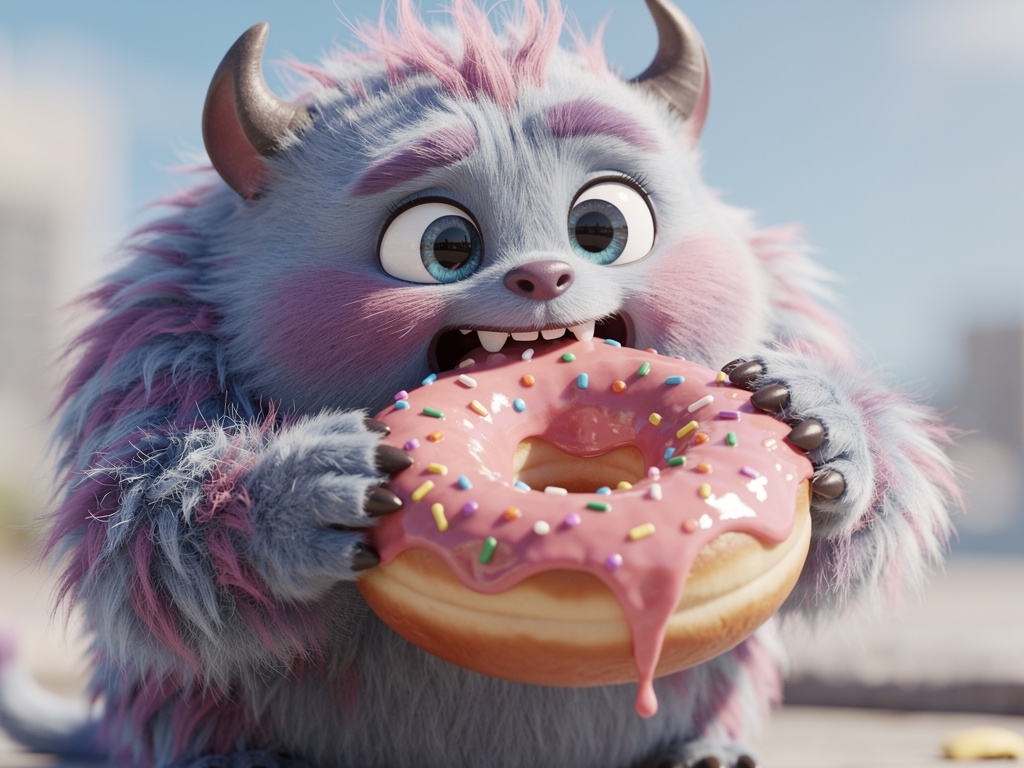Flux 2 Flex Text to Image
Input
You can type @{field} to reference a core field.
×Customize your input with more control.
Result
Your request will cost $0.06 per megapixel on both input and output side, rounded up to the nearest megapixel. For example, a 1024x1024 image will cost $0.06, and a 1920x1080 image will cost $0.12 ($0.06 × 2 megapixels). Similarly, a 512x512 output will cost $0.06 ($0.06 for 0.26 megapixels, rounded to 1 megapixel).
Logs
FLUX.2 [flex] - Text-to-Image
Customizable generation with surgical control over quality and creativity at adjustable cost. FLUX.2 [flex] brings professional-grade typography, configurable inference steps, and guidance scale tuning to text-driven image creation. Trade speed for precision with granular parameter control—adjust steps from rapid iterations to studio-quality outputs, dial guidance for prompt adherence, and leverage superior text rendering for designs demanding typographic excellence.
Built for: Product mockups with precise text | Marketing materials | Brand assets | Typography-heavy creative work | Budget-conscious workflows requiring quality control
Configurable Generation Pipeline
FLUX.2 [flex] provides direct control over the generation process through exposed inference parameters, allowing you to balance quality, speed, and cost for each project. Unlike fixed-parameter models, flex lets you decide how much computational power each image deserves.
What this means for you:
- Adjustable inference steps: Control generation quality by setting step count. Lower steps (10-20) for rapid prototyping, higher steps (40-50) for final deliverables requiring maximum fidelity
- Guidance scale tuning: Fine-tune prompt adherence with the guidance parameter. Higher values follow instructions more literally, lower values allow creative interpretation
- Superior typography: Best-in-class text rendering accuracy for logos, headlines, signage, and any design requiring readable text integration
- Flexible output formats: Choose between JPEG (smaller files), PNG (lossless quality), based on your workflow needs
- Reproducible results: Seed control for consistent variations and iterative refinement
Advanced Prompting Techniques
JSON Structured Prompts
For precise control over complex generations, use structured JSON prompts instead of natural language. JSON prompting enables granular specification of scene elements, subjects, camera settings, and composition.
Basic JSON structure:
json{ "scene": "Overall setting description", "subjects": [ { "type": "Subject category", "description": "Physical attributes and details", "pose": "Action or stance", "position": "foreground/midground/background" } ], "style": "Artistic rendering approach", "color_palette": ["color1", "color2", "color3"], "lighting": "Lighting conditions and direction", "mood": "Emotional atmosphere", "composition": "rule of thirds/centered/dynamic diagonal", "camera": { "angle": "eye level/low angle/high angle", "distance": "close-up/medium shot/wide shot", "lens": "35mm/50mm/85mm" } }
JSON prompts excel at controlling multiple subjects, precise positioning, and maintaining specific attributes across complex compositions.
HEX Color Code Control
Specify exact colors using HEX codes for precise color matching and brand consistency. Include the keyword "color" or "hex" before the code for best results.
Examples:
`"a wall painted in color #2ECC71"``"gradient from hex #FF6B6B to hex #4ECDC4"``"the car in color #1A1A1A with accents in #FFD700"`
For enhanced accuracy, reference a color swatch image alongside the HEX code in your prompt.
Image Referencing with @
Reference uploaded images directly in prompts using the `@` symbol for intuitive multi-image workflows.
Usage patterns:
`"@image1 wearing the outfit from @image2"``"combine the style of @image1 with the composition of @image2"``"the person from @image1 in the setting from @image3"`
The `@` syntax provides a natural way to reference multiple images without explicit index notation, while maintaining support for traditional "image 1", "image 2" indexing.
